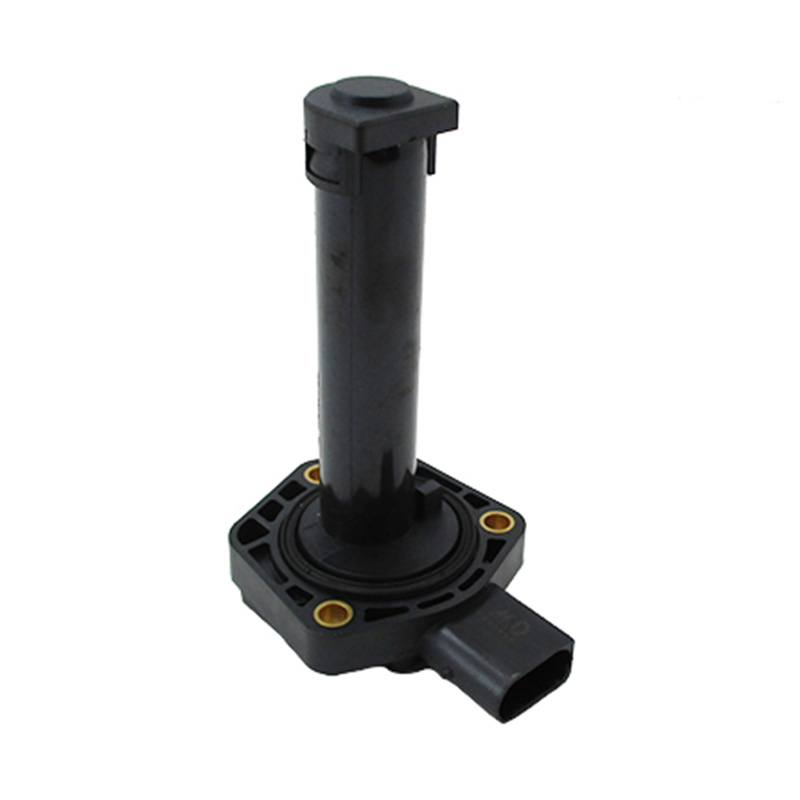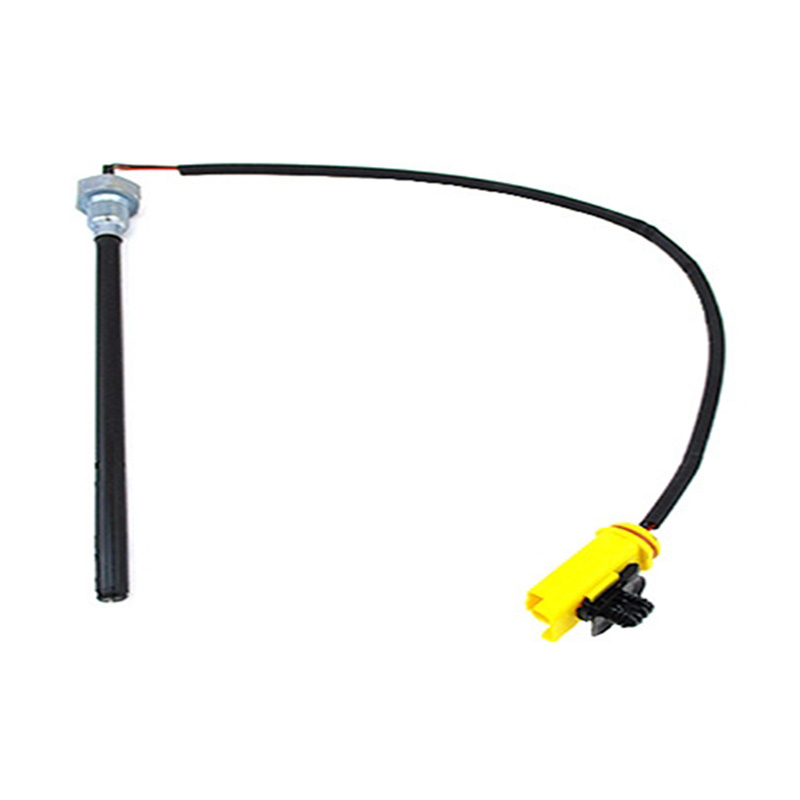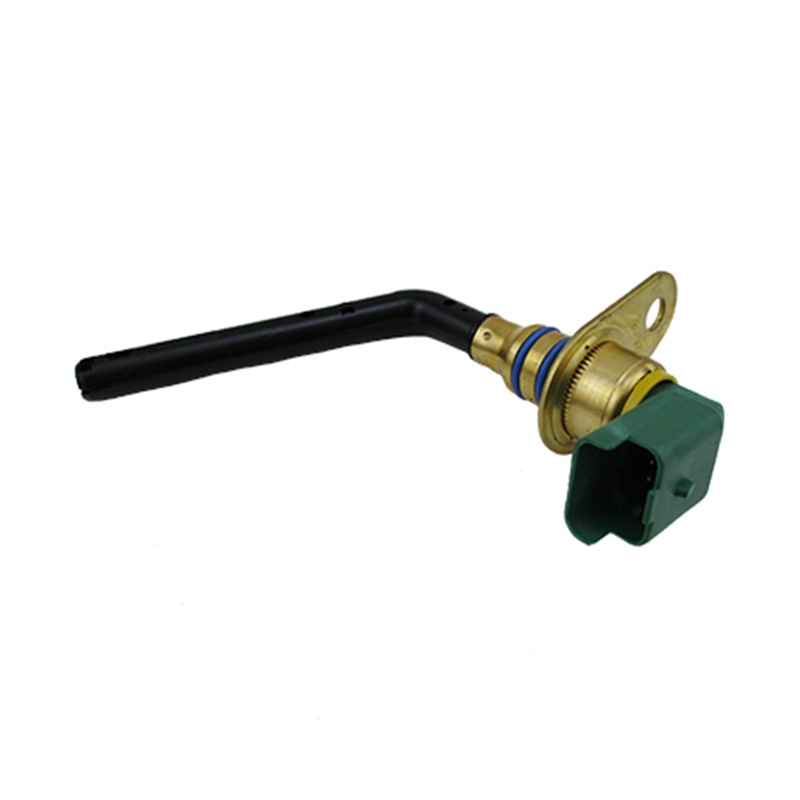OEM.NO: 0280 218 429 0280 218 430
See DetailsWhat Is The Working Principle Of Car Tire Pressure Sensors?
The automotive industry has seen significant advancements in recent years, with a focus on enhancing vehicle safety and performance. One of the critical aspects of a vehicle's safety is tire pressure, which can be effectively monitored through the use of car tire pressure sensors. These devices are designed to provide real-time data on the tire pressure, ensuring that drivers maintain good tire conditions for a safe and efficient driving experience.
Before diving into the technicalities of car tire pressure sensors, it is essential to understand the importance of tire pressure. Properly inflated tires are crucial for several reasons:
1. Safety: Under-inflated tires can lead to a loss of control, while over-inflated tires can result in reduced traction.
2. Fuel Efficiency: good tire pressure can improve fuel efficiency by reducing rolling resistance.
3. Tire Life: Maintaining the correct tire pressure extends the life of the tires by preventing uneven wear.
4. Vehicle Handling: Properly inflated tires contribute to better vehicle handling and braking performance.
Car tire pressure sensors, also known as Tire Pressure Monitoring Systems (TPMS), are devices that continuously monitor the pressure in each tire and alert the driver when the pressure falls outside of a predetermined range. These sensors can be classified into two main types: direct and indirect.
1. Direct TPMS: This system uses a sensor mounted inside each tire that measures pressure and temperature. The data is then transmitted wirelessly to a receiver in the vehicle.
2. Indirect TPMS: This system monitors the rotational speed of each wheel. A difference in speed, which may indicate a change in pressure, triggers a warning.
A tire pressure gauge is a simple, yet effective tool for measuring tire pressure manually. It typically consists of a dial or digital readout that displays the pressure in pounds per square inch (PSI) or kilopascals (kPa). While not as convenient as a car tire pressure sensor, a tire pressure gauge is a reliable backup for checking tire pressure when a TPMS is not available.
The working principle of car tire pressure sensors involves several key components:
1. Pressure Sensor: This is the core component that measures the pressure inside the tire. It uses strain gauges or piezoelectric sensors to detect changes in pressure.
2. Signal Processing: The sensor's microprocessor converts the pressure data into a digital signal.
3. Transmission: The digital signal is transmitted wirelessly to the vehicle's receiver using radio frequency (RF) communication.
4. Display: The vehicle's dashboard display receives the signal and alerts the driver through visual and/or audible warnings when tire pressure is too high or too low.
Tire pressure monitors offer several features and benefits that enhance vehicle safety and performance:
1. Real-Time Monitoring: These systems provide continuous monitoring of tire pressure, allowing for immediate detection of any changes.
2. Automatic Alerts: When pressure falls outside of the set range, the system alerts the driver, preventing potential accidents.
3. Easy Installation: Many car tire pressure sensors are easy to install, either as part of the vehicle's original equipment or as an aftermarket addition.
4. Longevity: Battery life for these sensors is typically long-lasting, with some models offering up to a decade of service before needing replacement.
Ultrasonic tire pressure gauges represent a modern innovation in tire pressure measurement. They use ultrasonic waves to measure the pressure inside a tire, providing highly accurate readings. These gauges are known for their precision and are often used in professional settings where exact measurements are crucial.
The optical tire pressure gauge is another type of device that uses light to measure tire pressure. These gauges often feature a clear display that allows for easy reading of the pressure value. They are user-friendly and provide a visual representation of the tire's pressure status.
The car tire pressure sensors play a vital role in maintaining the safety and performance of vehicles. Tire pressure gauges, whether manual or advanced ultrasonic or optical models, are essential tools for ensuring that tire pressure is within the recommended range.





